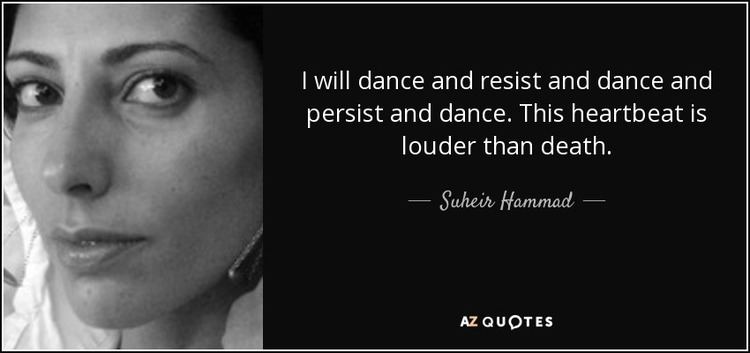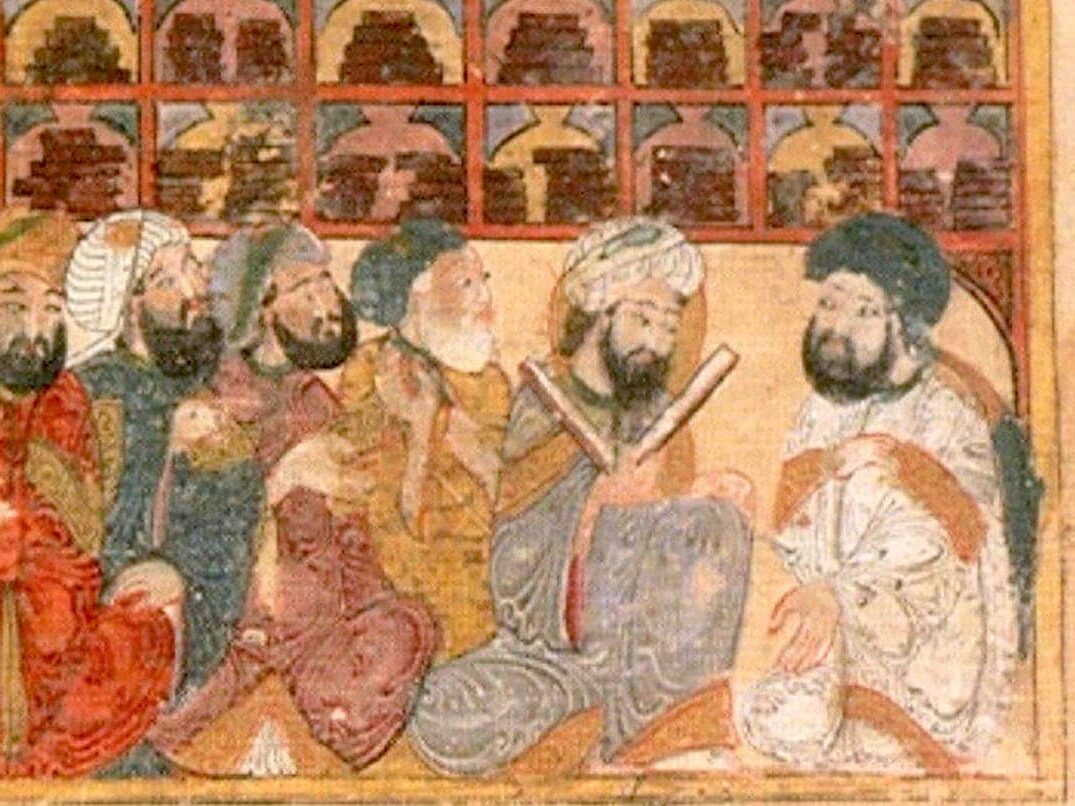

This essay is to inform Americans especially, on the message and rhetorical appeals behind each of the dissected texts, Black Men in Public Spaces, and First Writing Since. I tailored my language and rhetorical choices by invoking emotion when dissecting these texts to fully understand their true purpose and unfortunate context. I also bring logic to my statements when comparing the texts in their rhetorical approach as both texts used ethos and pathos frequently but in unique ways. I posed the messages and appeals used for my audience because the setting of both texts is in America and is a clear cry for help from the colorism, stereotypes and generalizations American culture tends to take part in.
This phase’s assignment has helped me achieve some of the Course Learning Outcomes as I was able to “explore and analyze, in writing and reading, a variety of genres and rhetorical situations” and “recognize and practice key rhetorical terms and strategies when engaged in writing situations.” There were other outcomes carried out in and out of class discussions, but these were the most consistent and crucial for this writing. While watching Ava Duvernay’s 13, there was a lot of discussion on how statistics were an amazing way to incorporate logos into an important documentary and show credibility. Yet, the film also balanced it out with pathos and really invoked emotions especially pity and hurt when they conveyed stories of innocent criminals who had their lives taken from them through civil injustice. Even while writing the essay, I distinguished the rhetorical strategies used by Hammad and Staples in their literature. The entire assignment was a terrific way to dissect language and literacy and how rhetorical appeals were used to deliver information about an essential theme ongoing in current events and even in our lives.
Rhetorical Analysis on First Writing Since and Black Men in Public Spaces
The United States of America is a melting pot of different ethnicities and types of people all over Earth. Suheir Hammad and Brent Staples, authors of First Writing Since and Black Men in Public Space, respectively, convey the responsibilities and burden their ethnicity, Arabian and African American, respectively, carry because of stereotypes and deceptive portrayal of their people. Hammad and Staples use ethos and pathos to teach about racism by detailing the difference in quality of life that Arabians and African Americans face. They use ethos and pathos to teach their audience the racism their people face by conveying the prejudiced responsibilities these Black and Arabian people carry, such as people’s reaction to seeing black people in public spaces, the media and general population label all Arabians as terrorists for a singular event despite many other events orchestrated by other races.
In First Writing Since, Suheir Hammad conveys and exposes powerful messages by interpreting people’s actions or decisions; Hammad’s poem explores people’s ignorance of associating evil with Muslims and Arabs for the actions of 4 Muslim Arabs yet choose to ignore the fact that there are other events such as the Bombing of Oklahoma yet the ethnicity or religion they belong to are not persecuted or mass labeled as terrorists. Hammad goes on to preach how people try to assume and conclude “[…] that evil is as simple as a flag […] we did not vilify white men when McVeigh bombed Oklahoma […]”(Hammad 2:23 – 2:33). These prejudicial views are hand selected and Hammad tries to make that visible for her audience; there are many evil things done by distinct types of people, yet the media and the general population like to choose which people should be made an example of. They think of Arabs as masked men yet forget the KKK, an organization that explicitly said their role was to take part in genocide.
In Brent Staples’ Black Men in Public Space, the author recalls some of his experiences when he becomes aware of his inheritance for being a black male in America. He’s able to recall his first experience when a woman walking in front of him feels threatened after a glance behind herself, quickly picking up the pace and soon running out of sight. Author Staples finds it dismaying considering he’s “a softy who is scarcely able to take a knife to a raw chicken–let alone hold one to a person’s throat–[…]” (Staples 1). This theme is constantly seen when a black man is stereotyped because evidently “[…] young black males are drastically overrepresented among the perpetrators of that violence.” (Staples 2). Although Brent Staples wrote “Black Men and Public Spaces” 40 years ago, the concept of people of color, specifically black men, altering their behavior in public, is still incredibly prevalent today. Police brutality towards black youth runs rampant, and throughout America, racist sentiments are being shared and celebrated. At the same time, 38 percent of prisoners in America are black, while black people only make up 13 percent of the population. Hatred feeds hatred, prejudice breeds prejudice, and when one thing is constantly associated with sentiments of fear and resentment, it becomes natural to harbor prejudices against it.
Suheir Hammad uses language well as she incorporates pathos which balances out the formality of ethos using more emotional resonance. “a woman was crying in a car parked and stranded in hurt. I offered comfort, extended a hand she did not see before she said,
“we’re gonna burn them so bad, I swear, so bad.” (Hammad 1:42 – 1:46). The moral value is articulated as Hammad is feeling alienated increasingly as she loses her pride as an American because she’s under scrutiny. She tells readers of how she wants to help another woman in grief and hurt yet that woman wishes for people like Hammad to face the same wrath the victims of 9/11, which included a variety of people other than white Americans. Hammad develops an emotional language as she feels mixed feelings: betrayed by another woman that wishes harm on Arabs, yet Hammad wanted to help her, alienated from her identity as an American because people are creating racial generalizations. This whole poem is beautifully crafted with ethos and pathos as they are very persuasive appeals within this poem which makes readers resonate with Hammad.
Likewise, author Brent Staples incorporates the same persuasive appeals in his essay Black Men in Public Spaces. Using ethos, Brent elaborates on the ethics and morals of people that he uses to his advantage to pose himself as less of a threat. He describes how he uses academic intelligence to lower prejudicial thoughts about him while walking in the dark. “And on late-evening constitutionals, I employ what has proved to be an excellent tension-reducing measure: I whistle melodies from Beethoven and Vivaldi and the more popular classical composers.” (Staples 3). Staples knowing and whistling classical music is proving to put prejudicial people at ease and not mistake him for a mugger. He presents the ethics that are involved with being Black and the unique behavior you need to assimilate and put people at ease. Staples presents this problem as this whole essay addresses African Americans’ desire to exist with others, but it becomes almost mandatory that they adopt behaviors and create impressions to ease people.
Staples’ use of pathos is much more effective as he includes many anecdotes in his essay about his memorable time walking late at night in Chicago and New York. He goes on to explain certain idiosyncrasies such as the imminent sound of car door locks as soon as drivers at the red light see him. “On less traveled streets after dark, I grew accustomed to but never comfortable with people crossing to the other side of the street rather than pass me.” (Staples 1) Even on this mild common occurrence, Staples shows how alienated he was as people would fear him and how he finds it common but still hurting because people find him threatening. However, they both use ethos and pathos to convey similar messages on the burden their races hold from racial stereotypes. However, there are a few similarities and differences in Black Men in Public Spaces and Hammad’s speech First Writing Since in their use of rhetoric appeals. Hammad uses ethos when evaluating the hypocrisy of people’s argument against all Arabs and Staples uses ethos in context to show what ethics and moral grounds are used when a Black man, like himself, is in a public space in the dark. Regarding pathos, Hammad and Staples similarly use their anecdotes to display hardships they face from unique burdens they carry, and these personal stories do invoke emotion as readers offer comfort by sharing the melancholy just from listening or reading.
Overall, poet Suheir Hammad and author Brent Staples created beautiful pieces of literature that share many similarities in theme yet differences in their method of delivering. Hammad speaks on Arabic discrimination after 9/11 attacks when all people should be one people and the discrimination is hypocritical given the nature of similar terrorism. Staples tackles the prejudice Black people face when they’re in public spaces where people walk faster with them around, clutch their belongings, change streets and many more precautionary actions. They both tackle these events of discrimination and prejudice by delivering their personal stories and using rhetorical appeals, especially ethos and pathos, to properly engage readers.


